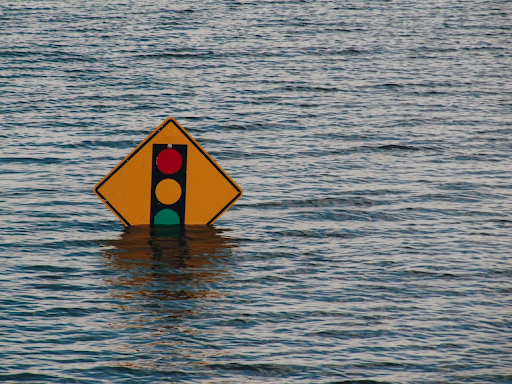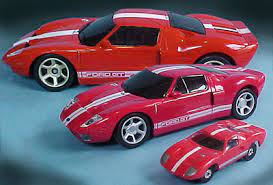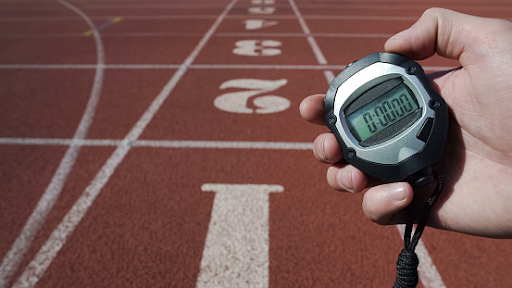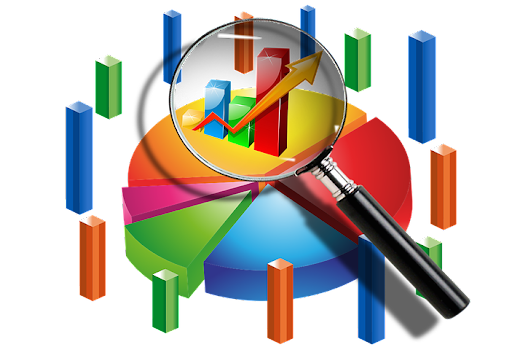Essential Questions: How do I become a mathematical problem solver to better understand the world around me? In what ways can I communicate and represent my mathematical thinking?
|
Pacing |
Number Sense: Navigating the Negatives  |
Patterns & Functions: Power of Proportionality  |
Computation and Estimation: Attention to Detail  |
Algebra: The Need for Speed  |
Probability and Statistics: Trending Data 
|
Measurement & Geometry: To Fill or To Cover
|
|---|---|---|---|---|---|---|
|
Focus of the Story |
How do I use mathematics on a daily basis? We begin our journey by becoming stewards of the environment through building number sense and computational skills of integers, as well as developing an understanding of exponents, perfect squares and scientific notation. |
How do I use mathematical relationships to make predictions? Next, we utilize number sense and computational skills to investigate and determine patterns and proportional relationships in the world around us. We build on our understanding of proportional relationships by understanding the steepness of a line (slope) as it is illustrated in an equation, set of ordered pairs, and a graph. |
How do I work to ensure/verify my answer is reasonable and accurate? We then further develop our computational skills through solving practical problems involving positive rational numbers. |
How do I use reasoning to find the unknown? Our journey continues by developing and applying algebraic thinking and computational skills to represent and solve for the unknown through equations and inequalities. |
How do I visualize and interpret data to make informed decisions? We continue to develop number sense by analyzing and representing sets of data in tables and graphs to then make predictions. |
How do I determine the amount of space an object occupies or the distance around that object? Finally, we apply algebraic thinking, computational skills, and properties of geometric shapes to solve real world problems. |
|
Transfer Goals |
|
|
|
|
|
|
|
Learning Targets |
I can represent and perform all operations with integers in practical situations. I can represent and compare rational numbers written in various forms. I can identify and determine the positive square root of a perfect square from 0 to 400. I can simplify expressions. |
I can identify and represent proportional relationships. I can determine and use the unit rate to find the missing values of a proportional relationship. I can determine the slope as a rate of change in a proportional relationship and graph a line representing a proportional relationship. |
I can solve practical problems with fractions and decimals. |
I can represent practical situations with a one-variable algebraic equation and inequality. I can solve and identify solutions to one- and two-step equations and one-step inequalities.. |
I can represent data in various ways and make observations and inferences. |
I can identify geometric shapes and determine area, perimeter, and circumference. I can solve practical problems that require determining the volume and surface area of rectangular prisms and cylinders. |
